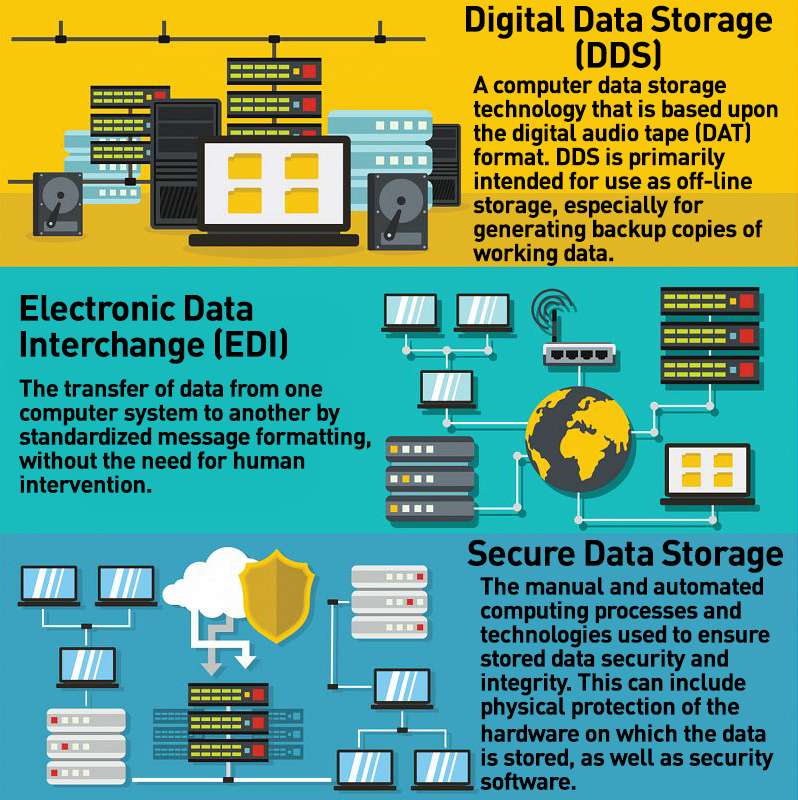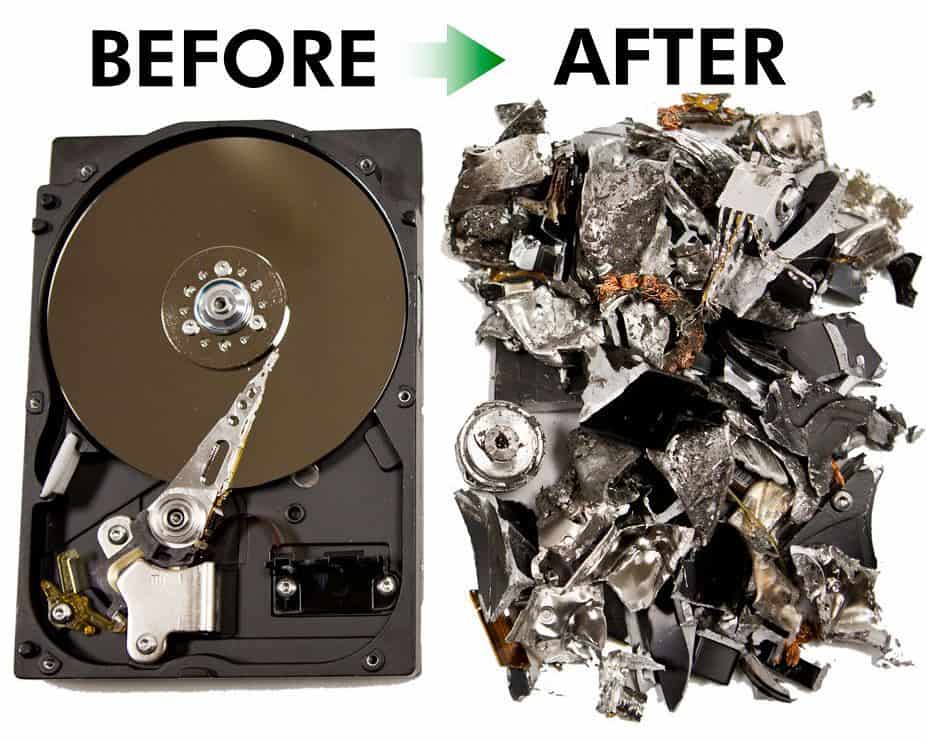Maximizing Cyber Security through Advanced Data Destruction Approaches
Maximizing Cyber Security through Advanced Data Destruction Approaches
Blog Article
The Essential Nature of Data Devastation in Upholding Computer System Security Solutions and Protecting Versus Unauthorized Access
In a period where data violations and identity burglary are significantly widespread, the importance of efficient information devastation can not be overstated. Numerous techniques, from data cleaning to physical devastation, serve as essential safeguards against unauthorized gain access to.
Value of Information Destruction
In a progressively digital world, the importance of data damage can not be overemphasized. As organizations generate vast amounts of sensitive information, the possible repercussions of stopping working to properly take care of and get rid of of that information become increasingly serious. Information breaches, identity burglary, and corporate reconnaissance present significant risks, highlighting the requirement of reliable data destruction techniques.

Additionally, as innovation advances, so too do the techniques by which destructive actors look for to exploit delicate information. Organizations must remain watchful and positive in their information destruction strategies to protect against these evolving hazards. By prioritizing information devastation, business not just secure their assets however additionally foster count on amongst stakeholders and clients, demonstrating a dedication to responsible information management and safety techniques.
Methods of Effective Data Destruction
To make sure the irreparable and total destruction of delicate data, companies can utilize a selection of reliable techniques customized to their certain needs. One of one of the most typical methods is data cleaning, which includes utilizing specialized software application to overwrite existing information several times, making recuperation practically impossible. This is specifically beneficial for disk drives and solid-state drives, where typical deletion techniques are poor.
Another effective approach is degaussing, which uses solid magnetic fields to interfere with the magnetic domain names on storage space media, providing the information irretrievable. This approach is particularly suited for magnetic storage space tools, such as disk drive and hard drives.
Physical devastation is additionally a sensible choice, involving the shredding, squashing, or incineration of storage space devices. This method assurances that data can not be recuperated, making it excellent for companies taking care of extremely delicate details.

Compliance With Data Protection Laws
Organizations have to not only concentrate on efficient information devastation techniques however likewise ensure conformity with information defense policies that control how delicate information is handled and taken care of. Complying with these policies is important for securing personal information and keeping consumer trust fund. Regulations such as the General Information Security Policy (GDPR) in the European Union and the Medical Insurance Portability and Accountability Act (HIPAA) in the United States impose rigorous standards on information administration, that include requirements for the secure disposal of delicate info.
To accomplish compliance, organizations have to execute thorough information damage plans that straighten with these lawful structures. This consists of recognizing information that calls for destruction, establishing protocols for safe methodsâEUR" such as shredding physical media or using software program that fulfills industry criteria for data wipingâEUR" and preserving thorough documents of devastation activities. Routine audits should be carried out to guarantee adherence to these plans and to identify any potential locations for renovation.
Failing to adhere to information protection laws can result in significant legal implications, consisting of significant see this site penalties and damages to a company's credibility. For that reason, incorporating conformity right into data damage techniques is not just a lawful obligation but additionally an essential element of a robust info security technique.
Consequences of Poor Information Handling
Poor data handling can lead to extreme repercussions that expand beyond immediate functional obstacles. Organizations may face significant economic losses because of information violations, which often lead to expensive remediation efforts, legal costs, and regulative penalties. These economic ramifications can hinder and strain resources development, ultimately influencing an organization's profits.
Furthermore, poor information handling can drastically damage an organization's online reputation. Stakeholders, partners, and consumers might lose trust fund in an entity that fails to secure sensitive details, causing reduced client loyalty and potential loss of organization opportunities. This disintegration of count on can take years to rebuild, if it can be recovered whatsoever.
Additionally, organizations can face lawful implications arising from non-compliance with information security guidelines. Such infractions may cause investigations and charges, compounding the economic concern and additional staining the company's image.
In the realm of cybersecurity, inadequate information monitoring techniques can create susceptabilities that make systems more prone to unapproved accessibility and cyberattacks. Ultimately, these consequences emphasize the essential significance of applying durable information dealing with treatments to protect sensitive information and maintain business honesty.
Best Practices for Secure Data Disposal


To start with, information ought to be classified according to its level of sensitivity. Delicate information needs a lot more rigorous disposal methods, such as shredding physical documents and using sophisticated software for electronic information wiping. Using licensed information damage services makes certain conformity with industry laws and requirements.
Secondly, organizations should apply a data disposal plan that mandates normal audits. This policy ought to lay out the procedures for information retention and destruction, making sure that obsolete data is thrown away quickly and securely. Training employees on these protocols is necessary to promoting a society of safety and security understanding.
Lastly, maintaining comprehensive documents of disposed data boosts responsibility and provides a clear audit path. This documents must include the type of information ruined, the technique made use of, and the day of disposal.
Conclusion
Adopting robust approaches such as data cleaning, degaussing, and physical devastation, along with compliance with policies like GDPR and HIPAA, is essential for securing my sources delicate details. Ignoring correct information disposal methods can lead to serious repercussions, consisting of data violations and lawful repercussions.
In an era where data breaches and identity theft are article increasingly prevalent, the relevance of efficient information devastation can not be overstated. data destruction. Information breaches, identity burglary, and corporate reconnaissance pose significant hazards, emphasizing the requirement of efficient information destruction methods
Conformity with guidelines such as GDPR and HIPAA requireds that companies apply rigid information defense steps, including the protected destruction of information at the end of its lifecycle.
By focusing on information damage, business not only secure their assets but also foster trust fund amongst stakeholders and customers, demonstrating a dedication to responsible information management and protection practices.
Organizations need to not only focus on reliable information devastation techniques but also make certain compliance with data protection policies that govern exactly how sensitive info is taken care of and disposed of.
Report this page